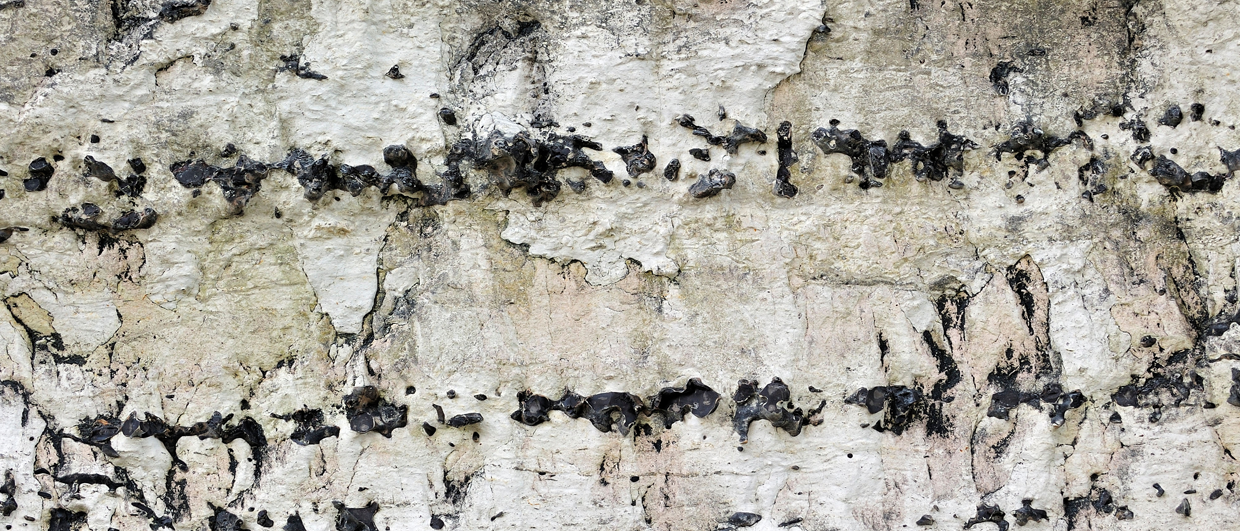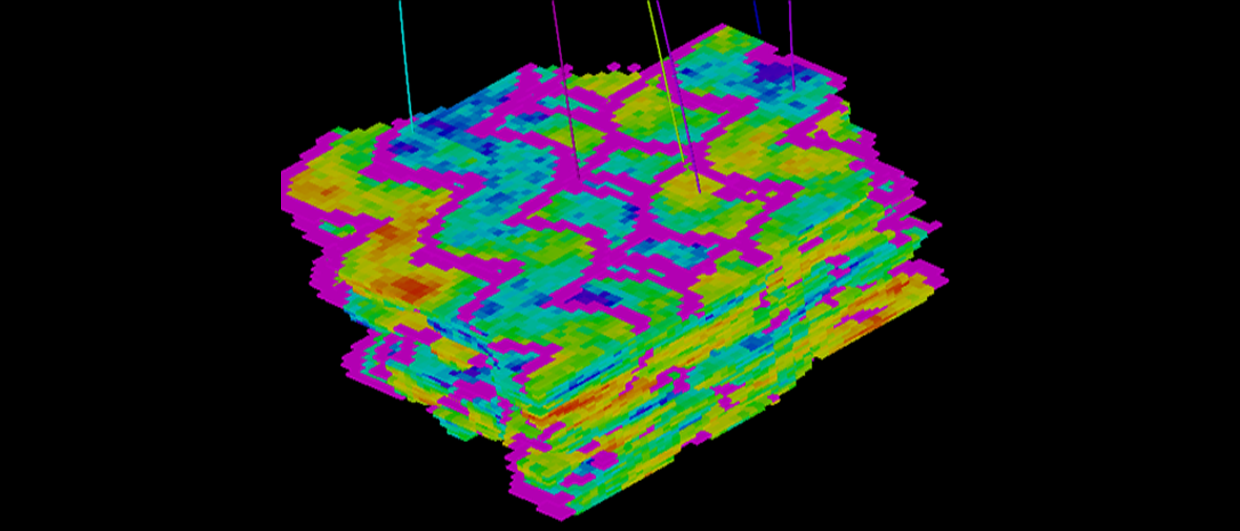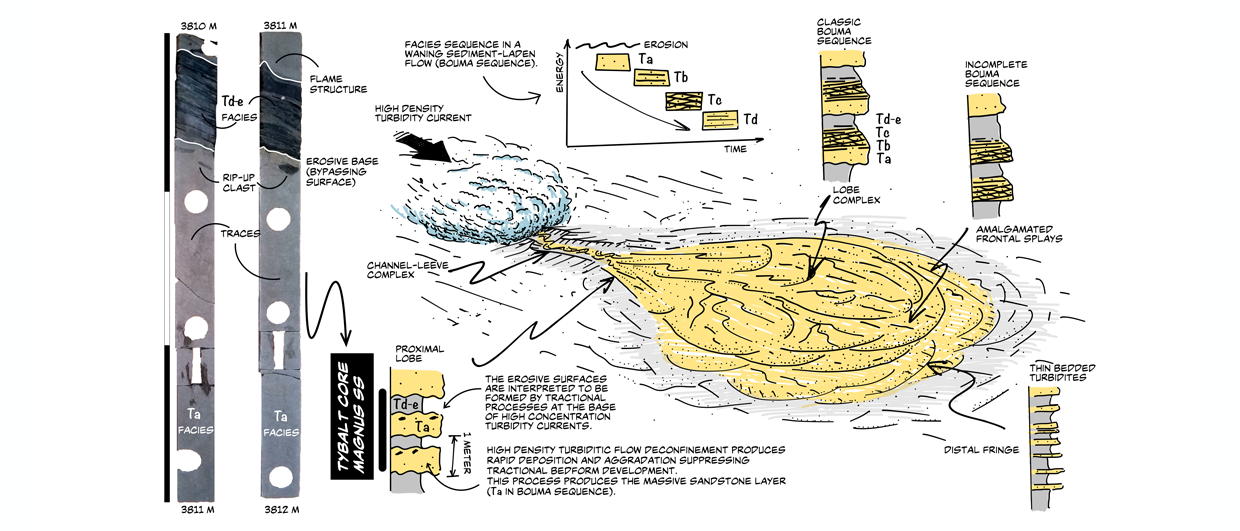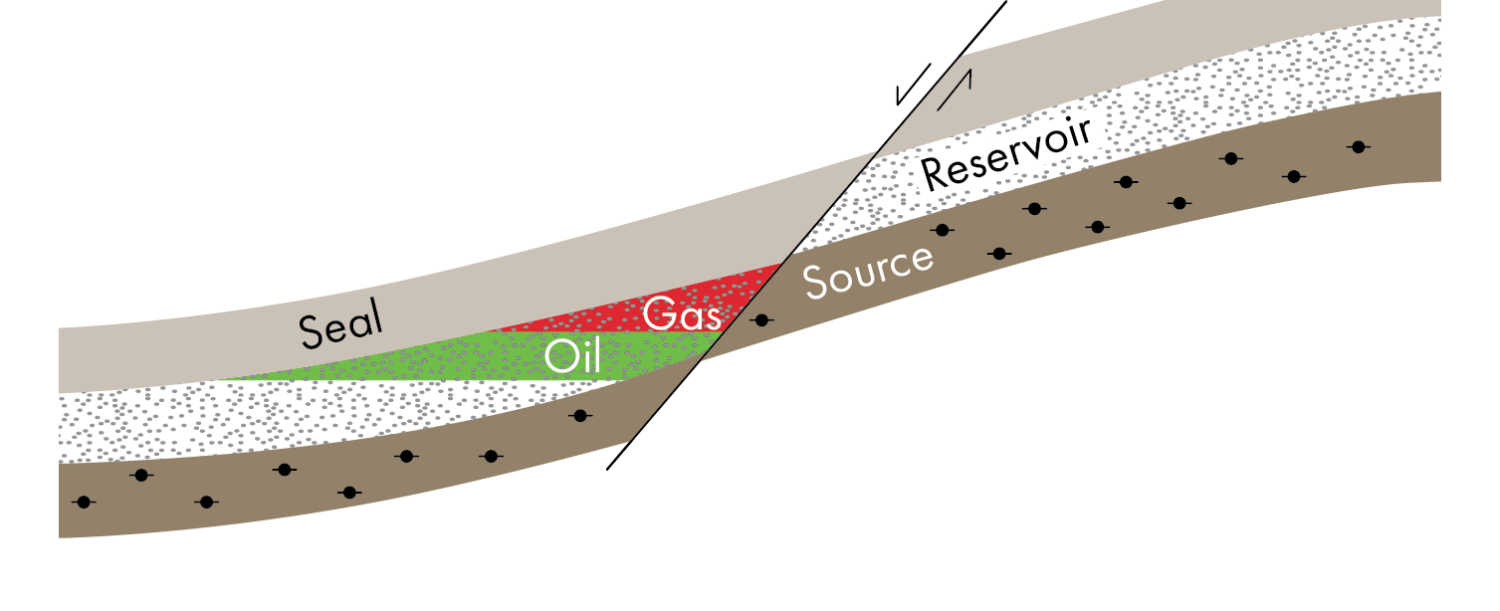We, geologists, have the primacy of observation of rocks dinned into us during our earliest work in the field, with that message then reinforced by later events in our lives. For me, such reinforcement came in dramatic form in the spring of 1985. BP and partners were drilling exploration well 48/18-1 in the Celtic Sea south of Ireland. A young geologist, well trained to observe, was helping to log the well as drilling proceeded.
We hoped to find commercial quantities of gas in a regionally proven Cretaceous sandstone reservoir that underlies a thick section of Cretaceous Chalk, with abundant flints in the upper Chalk. We planned to drill down to just above the base of the Chalk before setting casing and putting a blowout preventer in place.
What happened next proves the power of observational geology over the most sophisticated modelling of the subsurface. The young geologist was constantly checking our predictions with reality. As drilling approached the base of the Chalk, he observed from the cuttings, and the fewer curses from the drillers, that the depth at which the well entered flint-free lower Chalk came in a little higher than predicted. Access to communications on the rig was restricted, but the young geologist was somehow able to call the Dublin office of BP Exploration and demand an urgent conversation with me, the exploration manager. He opened with words that demanded attention:
“We are about to drill unprotected into the reservoir – we came out of the Chalk-with-flints early. If you want to go on drilling this afternoon, you can put your arse on the rig in place of mine.”
This observation was at odds with our meticulously prepared depth-model, which was based on our own new compilation of seismic velocities in the Chalk underlying the Celtic Sea. Our Dublin exploration team had done the most thorough job in putting a minimum possible depth to base-Chalk. Yet, there was a compelling observation in the rocks themselves that base-Chalk might well be coming in higher than forecast by our model. What instructions should I send to the rig?
There was no contest: always honour the observation. Drilling was stopped. Over the next few days, devoid of the usual cheeriness in the BP office, casing was run and cemented in the well. The blowout preventer was put in place. Shortly after drilling recommenced, the well entered the reservoir. The depth was as the young geologist had predicted. The reservoir contained enough gas, at a high-enough pressure, to have severely damaged or sunk the rig in the absence of a blowout preventer, and the actions, grounded in observation, saved a large blowout and the probable loss of many lives.
What had we missed in our model? The basis of our calculation of depth from seismic velocities in the Chalk was proven correct by logs from well 48/18-1 itself, so we looked again at the regional setting on the largest available scale. We unfolded metres of paper to look at the seismic. Squinting across the office floor, we could eventually discern the gentlest of folds in the Chalk. The very uppermost Chalk was missing at the crest, along strike from well 48/18-1.
We should have looked at that regional line with more care before signing off on a plan for drilling. I was in charge, and it was my fault that we did not do so. We were all rescued from the dreadful consequences of that mistake by the conviction of a young geologist that we should not argue with the rocks observed in that well. And by his powers of communication…
For 15 years around the turn of the century, I was involved with training, in front of real rocks, a cross-disciplinary and multinational group of recent recruits to BP Exploration. The tale of well 48/18-1 always featured.
This article is an extract of a longer piece on the role of observations from the rock record in the debate about climate change that was published in Geoscientist by Bryan Lovell.




